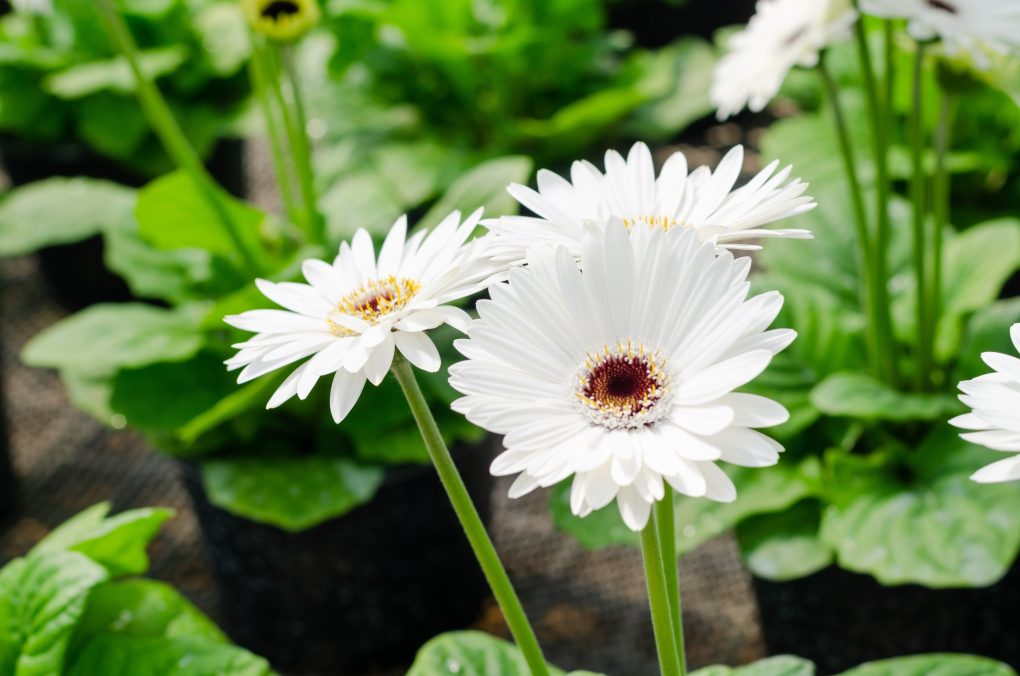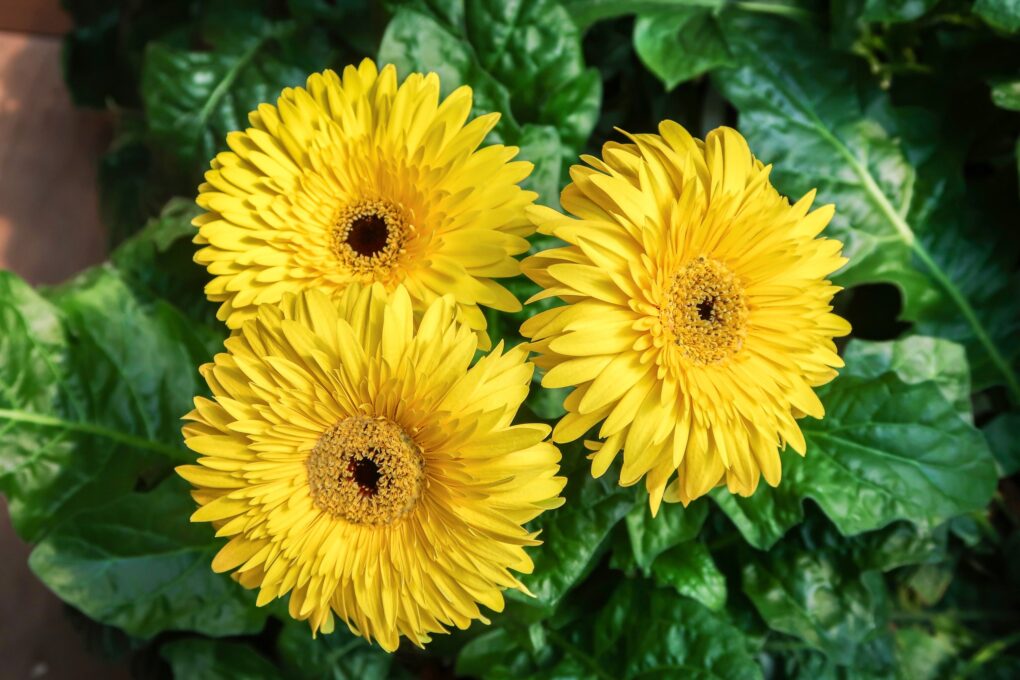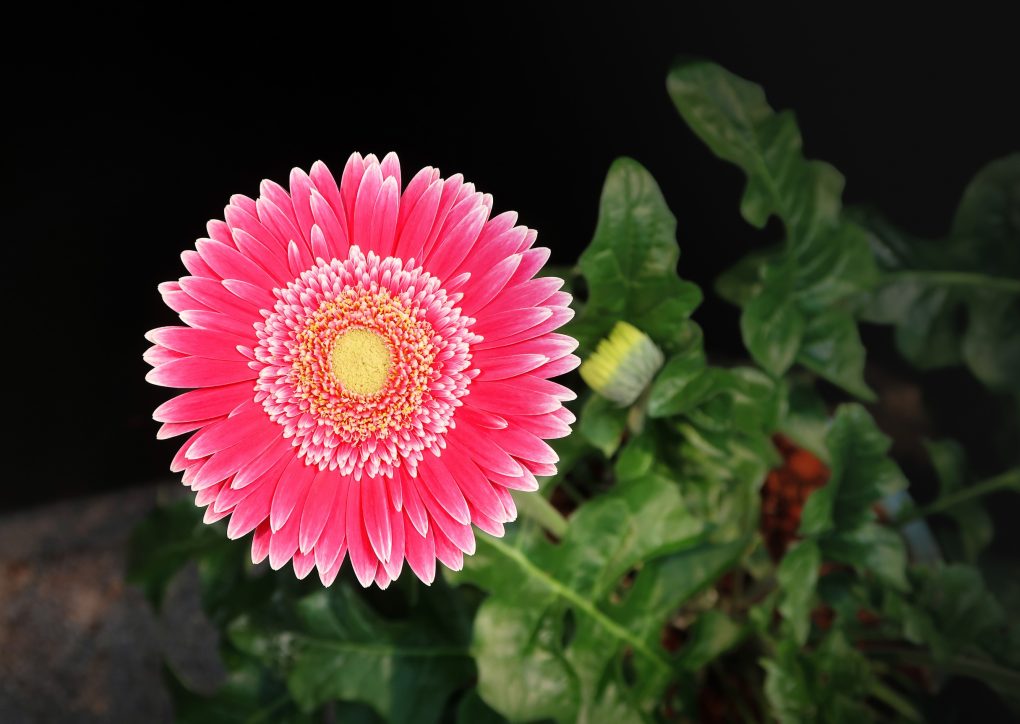Why Your Gerbera Daisy is Not Blooming: Potential Causes and Solutions
Gerbera Daisies may not bloom due to several factors, including insufficient light, inadequate nutrients, and improper watering. Gerbera Daisies require ample sunlight (at least 6 hours per day) for optimal growth and blooming.

Additionally, they need well-draining soil with the appropriate balance of nutrients, typically high in potassium and low in nitrogen. Regular feeding with a balanced fertilizer every 4-6 weeks will help ensure proper nutrition.
Proper watering is another crucial factor for healthy blooming. Gerbera Daisies require consistent moisture, but avoiding over-watering is important as this can lead to root rot. To maintain the right balance, water your plant deeply when the top inch of soil is dry and ensure the pot has drainage holes to allow excess water to escape. Inadequate lighting, nutrition, or water management can all hinder the blooming process and reduce the overall health and vigor of your Gerbera Daisy.
Table of Contents
Possible Reasons Why Your Gerbera Daisy is Not Blooming

Watering
Watering is a critical aspect of gerbera daisy care. Improper watering can cause the plant to wilt, become susceptible to diseases, and even fail to bloom. Here are some tips to ensure proper watering:
Underwatering
Underwatering is a common reason why gerbera daisies fail to bloom. If a plant does not receive enough water, it diverts its energy to survival rather than blooming. Here are some signs that your gerbera daisy is underwatered:
● The leaves are wilted and limp.
● The soil is dry to the touch.
● The plant is not growing or producing new leaves.
In order to avoid underwatering, you should water your gerbera daisy regularly. The plant must be watered deeply once a week or more frequently in hot weather. Check the soil moisture level regularly and water the plant when the top inch of soil is dry.
Overwatering
Overwatering is another common reason why gerbera daisies fail to bloom. When the plant gets too much water, it can develop root rot, preventing it from taking up nutrients and water. Here are some signs that your gerbera daisy is overwatered:
● The leaves turn yellow and fall off.
● The soil is constantly wet or soggy.
● The plant is not growing or producing new leaves.
To prevent overwatering, water your gerbera daisy only when the top inch of soil is dry. Avoid splashing water on the leaves or crown of the plant, as this can lead to fungal diseases. Ensure the plant has good drainage and the soil is not compacted.
Soil
Soil plays a vital role in the growth and blooming of gerbera daisies. Poor soil quality can result in nutrient deficiencies and poor drainage, preventing the plant from blooming.
Poor Drainage
Gerbera daisies require well-draining soil to thrive. If the soil is too compact, water can accumulate around the roots, leading to rot and other diseases. To improve drainage, consider adding sand or perlite to the soil mix. Alternatively, plant gerbera daisies in raised beds or containers with drainage holes.
Nutrient Deficiencies
Gerbera daisies require a balanced mix of nutrients to grow and bloom properly. If the soil lacks essential nutrients, such as nitrogen, phosphorus, and potassium, the plant may not bloom. Therefore, to ensure that the soil has the proper nutrient balance, consider adding organic matter, such as compost or aged manure, to the soil. Alternatively, use a balanced fertilizer formulated specifically for gerbera daisies.
It’s important to note that too much fertilizer can also harm gerbera daisies. Over-fertilization can lead to nutrient burn, damaging the roots and preventing the plant from blooming. Therefore, always follow the manufacturer’s instructions when applying fertilizer, and avoid applying fertilizer during drought or extreme heat.
Pests and Diseases

Gerbera daisies are generally hardy plants but are not immune to pests and diseases. Here are a few common problems that can cause your gerbera daisy to stop blooming:
Aphids
Aphids are small, soft-bodied insects that can eat the sap from the leaves and stems of your gerbera daisy. They can also transmit diseases from plant to plant. There may be an aphid infestation if you see a sticky residue on your plant or see small, green or black insects on the leaves. To treat aphids, you can:
● With a strong stream of water, spray the plant to knock off the aphids.
● Apply insecticidal soap or neem oil to the plant.
● Introduce ladybugs or lacewings to your garden, as they are natural predators of aphids.
Spider mites
Spider mites are tiny, eight-legged pests that can cause a lot of damage to your gerbera daisy. They feed on the plant’s sap, which can cause the leaves to turn yellow and dry out. You may also see webbing on the plant. To treat spider mites, you can:
● Spray the plant with a strong stream of water to knock off the spider mites.
● Apply insecticidal soap or neem oil to the plant.
● Introduce predatory mites or ladybugs to your garden, as they are natural predators of spider mites.
Powdery mildew
Your gerbera daisy may be affected by powdery mildew, which is a fungal disease that manifests as a white, powdery coating on the leaves and stems of the plant. This disease can hinder the plant’s ability to photosynthesize, resulting in stunted growth and fewer blooms.o treat powdery mildew, you can:
● Remove any infected plant parts and dispose of them in the trash.
● Apply a fungicide to the plant, following the manufacturer’s instructions.
● Improve air circulation around the plant by pruning nearby vegetation or moving the plant to a more open area.
